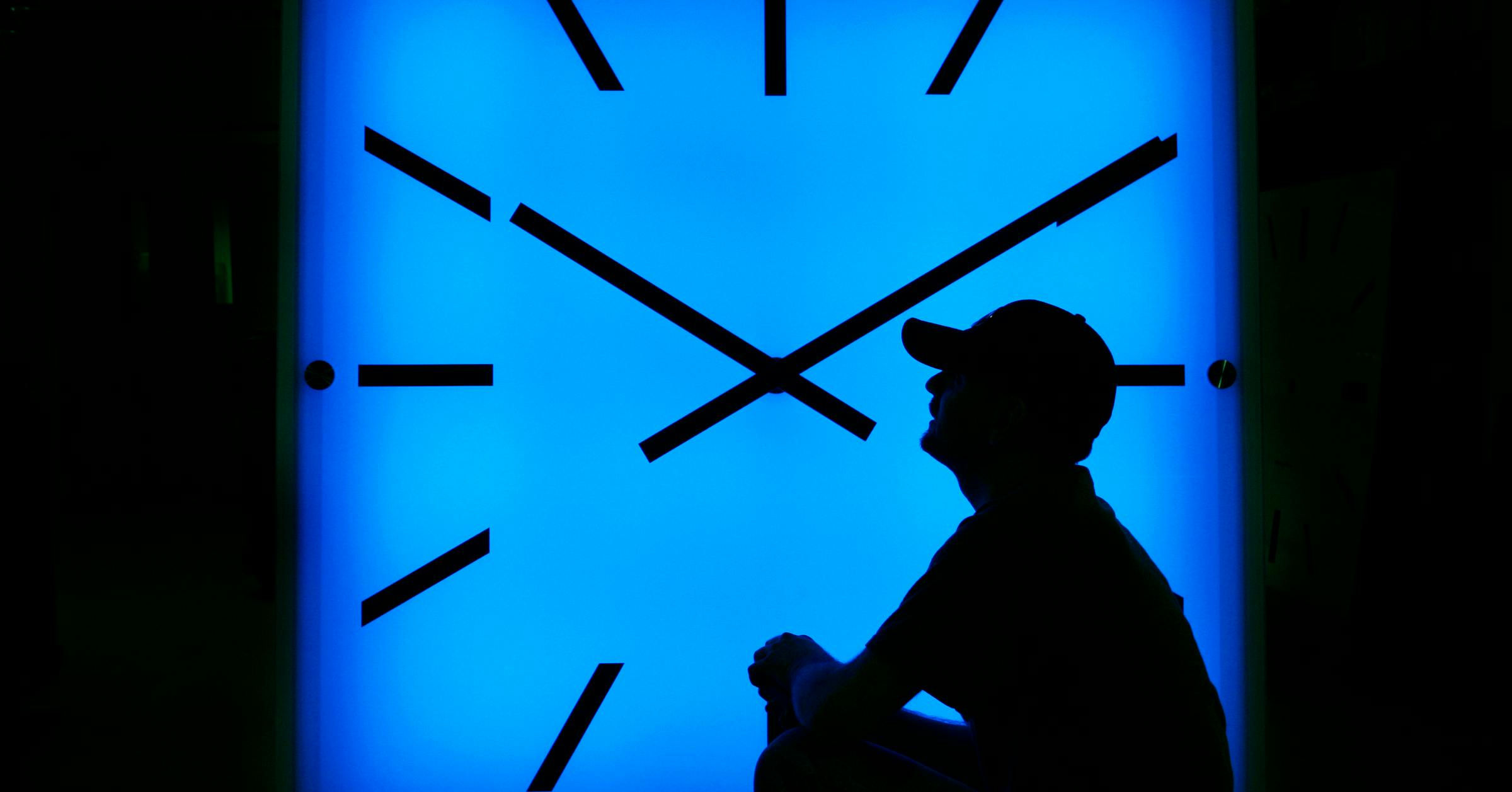Star Tribune
Minneapolis City Council approves $1.8 billion budget for 2024

The Minneapolis City Council on Tuesday unanimously approved a roughly $1.8 billion taxing-and-spending plan for next year that prioritizes public safety — both traditional policing and alternatives — as well as responses to climate change.
Despite frequently splitting on controversial matters, all 13 council members last week coalesced behind the budget after making dozens of changes around the edges in consultation with Mayor Jacob Frey, who has said he was “optimistic” about signing it.
Under the plan, the city would increase the total amount of money raised from property taxes by 6.2%. The owner of a $331,000 home in Minneapolis would see an increase ranging from $150 to $160 in property taxes.
That figure would include a resurrected tax by the Minneapolis Public Housing Authority that would cost the owner of the same home about $21 a year. That money would add $4 million annually to the MPHA, which is grappling with a $229 million backlog of repairs.
City residents and businesses would pay in other ways for some aspects of the plan. A hike in electricity and natural gas fees, to pay for parts of the city’s climate response plan, would cost residents and businesses an estimated $8 to $12 annually. That would generate an estimated $10 million annually, with about half of that money in the first year targeted at weatherizing buildings, starting with insulating attics and walls, and plugging drafts in homes.
And water bills would increase about 16 cents a month to evaluate the state of stormwater systems on park district land.
Other taxing bodies, such as Hennepin County and Minneapolis Public Schools, set their property-tax-and-spending plans independently of the city.
The council’s vote was expected to follow Tuesday’s final public hearing on the budget proposal. Inside the third floor of City Hall, scores of people packed an overflow room and snaked through the hallways, with many signing up to speak publicly on a panoply of issues.
Among them were perhaps 60 unionized city public works employees who carried a refrain that they were underpaid and understaffed. Dozens of people carried signs against a potential clearing of a homeless encampment that one speaker described as a “healing space” to help Indigenous people with addiction. A group of American Indian activists sang to a beating drum outside the packed council chambers later chanting “Let us in!” One woman put her phone on speaker while she called a homeless hotline to illustrate the shortage of beds in shelters.
Some spoke in favor of spending more money to recruit police officers, drawing both cheers and jeers from those outside. One man who said he was mugged and beaten by a group of men called alternatives to traditional policing “naive.”
A woman spoke out against infrastructure that favors bicycles over parking, while a man spoke in favor of that idea. One man praised council members for coming together over the budget.
Public safety
The budget funds a police force of 731 sworn officers — the amount required by the city’s charter. Officer ranks have continued to shrink, with roughly 580 on the force as of mid-November. It’s hardly assured that those empty slots will be filled; the current budget also funded those positions.
The plan also allots $16 million next year for dozens of hires to comply with a state court settlement and anticipated federal consent decree to change the culture of the Police Department, including rooting out its history of racist practices.
The budget also funds a number of public safety measures that fall outside traditional policing, including $3 million to pilot unarmed neighborhood “safety ambassadors” in a number of cultural districts and expanding the city’s behavioral crisis response teams — specialists tasked with emergency calls better suited for mental health workers than armed police officers.
Snow removal etc.
Among other budget highlights:
- $595,000 will fund several sidewalk-shoveling pilot programs that aim to clear snow from priority pedestrian areas and focus on property owners who repeatedly fail to shovel their sidewalks, starting next fall.
- The city’s Office of Immigrant and Refugee Affairs would receive $150,000 for an additional employee to focus on needs of refugees newly arriving in Minneapolis.
- The Racial Equity, Inclusion and Belonging Department would get a $500,000 boost for the city’s truth and reconciliation process.
Star Tribune
How Minnesota is recruiting poll workers in a divisive presidential election

“The basic rule in Minnesota is you cannot preemptively post law enforcement at a polling place,” he said. “A city can’t say, ‘Wow, Precinct Two, there’s a lot of intensity there, let’s just put a cop at the door.’”
Simon doesn’t go deep into the details on security, though. “I don’t want to give a total road map to the bad guys,” he said.
But testimony at the Capitol last year on behalf of the new law bolstering protections for election and polling place workers indicated there’s room for concern. One election worker was followed to her car by an angry voter; the head of elections in another county was called repeatedly on her home phone during off hours, and an official was lunged at by an aggrieved voter, forcing her to call the local sheriff.
Those who violate the law could now face civil damages and penalties of up to $1,000 for each violation.
The Brennan Center survey indicated more than four in 10 election leaders were concerned about recruiting enough poll workers due to threats of harassment and intimidation. This includes doxing — publishing a person’s personal information online in a threatening manner — and swatting, fake emergency calls that result in an armed response being sent to someone’s home.
“Election officials are working to prepare for everything right now,” said Liz Howard, director of partnership engagement at the Brennan Center. “More than 90% of election officials have made improvements to election security since 2020.”
Star Tribune
Daylight saving time ends next weekend. This is how to prepare for the potential health effects

The good news: You will get a glorious extra hour of sleep. The bad: It’ll be dark as a pocket by late afternoon for the next few months in the U.S.
Daylight saving time ends at 2 a.m. local time next Sunday, Nov. 3, which means you should set your clock back an hour before you go to bed. Standard time will last until March 9 when we will again ”spring forward” with the return of daylight saving time.
That spring time change can be tougher on your body. Darker mornings and lighter evenings can knock your internal body clock out of whack, making it harder to fall asleep on time for weeks or longer. Studies have even found an uptick in heart attacks and strokes right after the March time change.
”Fall back” should be easier. But it still may take a while to adjust your sleep habits, not to mention the downsides of leaving work in the dark or trying exercise while there’s still enough light. Some people with seasonal affective disorder, a type of depression usually linked to the shorter days and less sunlight of fall and winter, may struggle, too.
Some health groups, including the American Medical Association and American Academy of Sleep Medicine, have said it’s time to do away with time switches and that sticking with standard time aligns better with the sun — and human biology.
Most countries do not observe daylight saving time. For those that do — mostly in Europe and North America — the date that clocks are changed varies.
Two states — Arizona and Hawaii — don’t change and stay on standard time.
Here’s what to know about the twice yearly ritual.
Star Tribune
Harris and Walz will visit all the battleground states in the campaign’s closing stretch
WASHINGTON — Kamala Harris and Tim Walz will crisscross the United States to visit all seven battleground states in the coming days, part of a final blitz before the Nov. 5 election.
Harris, the Democratic presidential nominee, will spend Sunday in Philadelphia, attending church services in the morning and visiting a barbershop. The vice president also plans to stop at a Puerto Rican restaurant and a youth basketball facility.
On Monday, Walz, the Minnesota’s governor who is Harris’ running mate, will campaign in Manitowoc and Waukesha, Wisconsin, before a joining Harris for a rally in Ann Arbor, Michigan, where the singer Maggie Rogers is scheduled to perform.
Harris will be in the nation’s capital on Tuesday to deliver what her campaign calls her ”closing argument” in a speech from the Ellipse, a grassy space adjacent to the National Mall. It’s the same place where then-President Donald Trump spoke on Jan. 6, 2021, when the Republican called on his supporters to march on the Capitol.
Walz is scheduled to campaign Tuesday in Savannah and Columbus in Georgia.
Harris plans to visit North Carolina, Pennsylvania and Wisconsin on Wednesday. The event in Madison, Wisconsin, is expected to feature musical performances by Mumford & Sons and others.
Walz willbe in Charlotte and Asheville, North Carolina, that day.
On Thursday, Harris will be in Nevada for rallies in Reno and Las Vegas, and in Phoenix. The band Maná will perform in Las Vegas and Los Tigres del Norte will perform in Phoenix.




